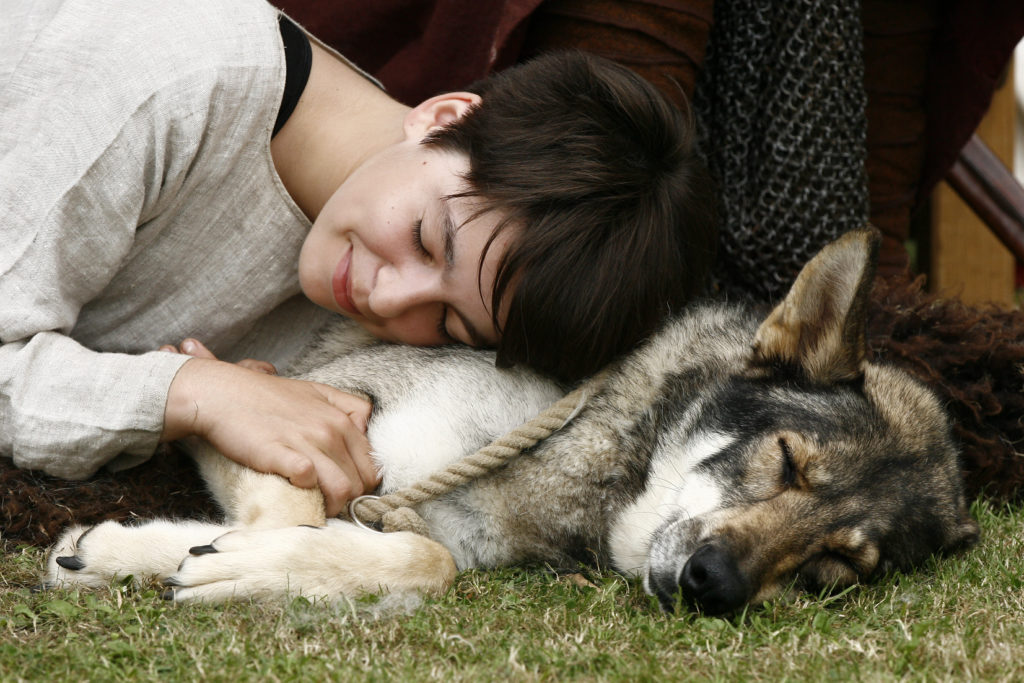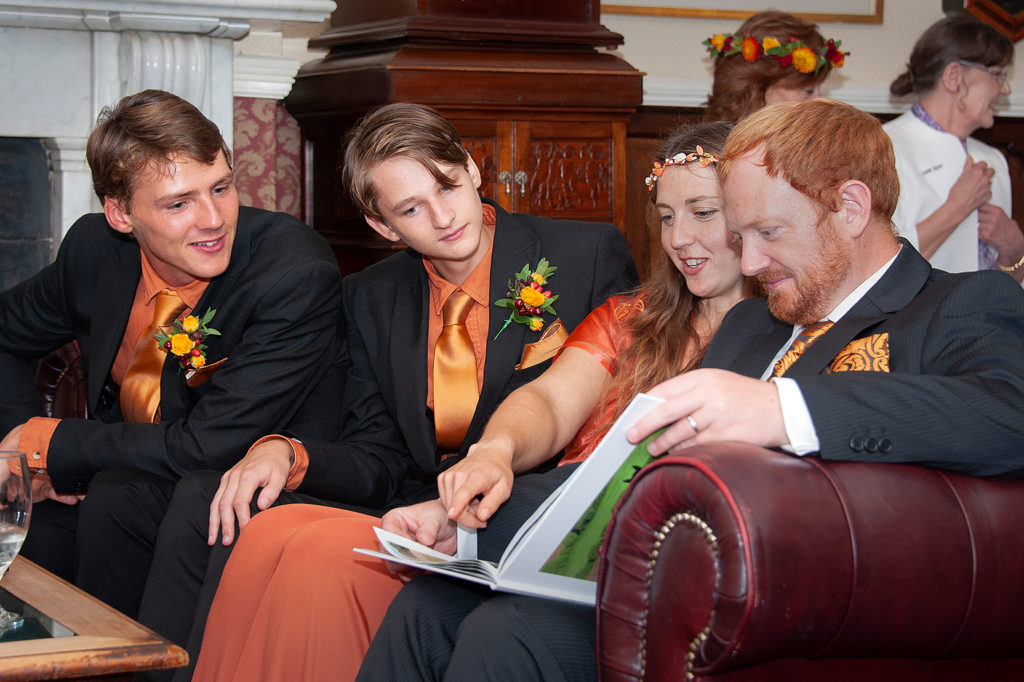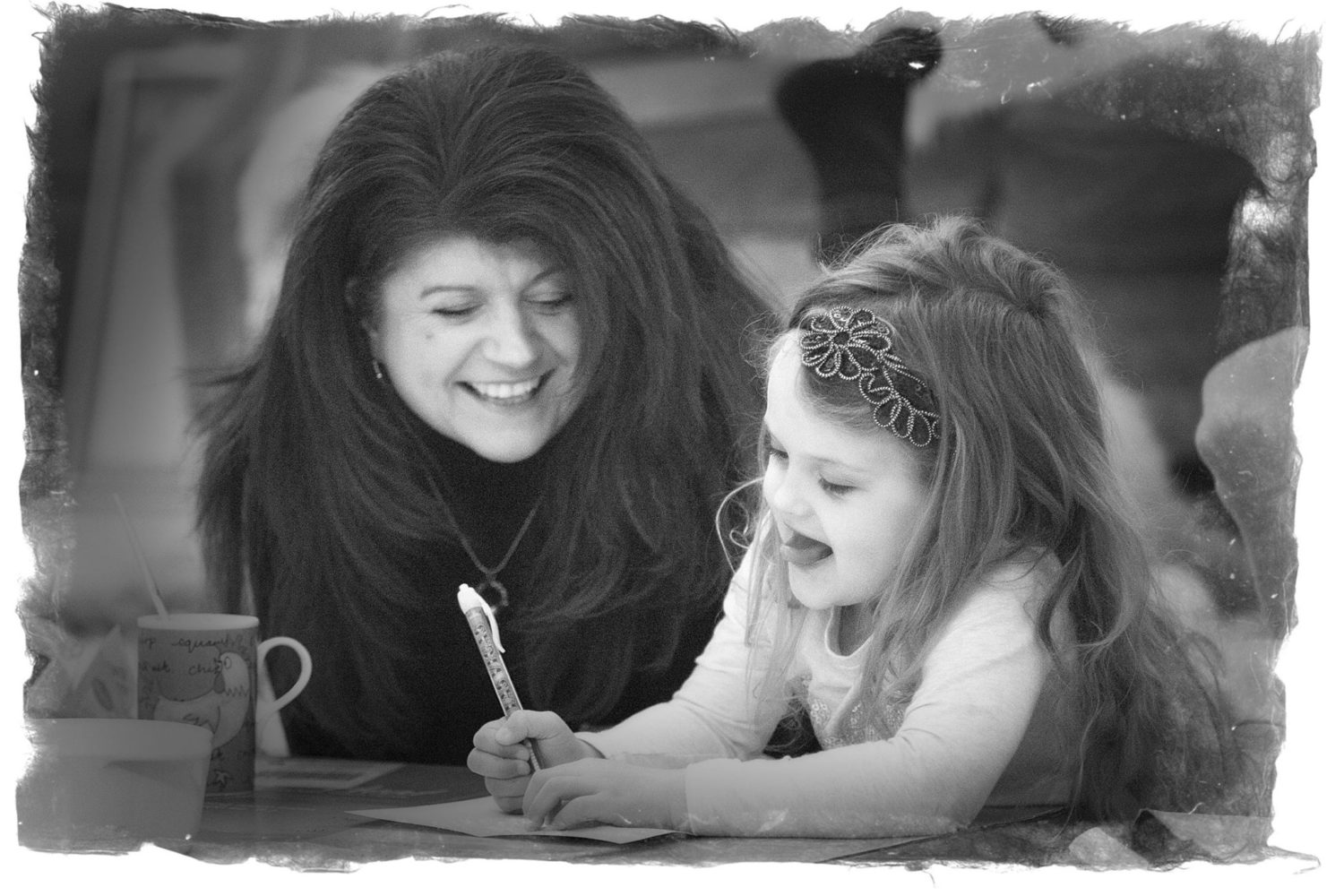Documentary photography: All photographs © Al Macphee/MiraclePR
Documentary photography is capturing the atmosphere using fly-on-the-wall photography. It covers anything that moves naturally and is related to the subject you want to record.
Documentary photography at weddings and sports events
I work with the documentary photography style at weddings. I sit down in a corner where I can see, and can capture decent light in most parts of the room. I’ve got a nice lens on with a good variation of focal length, so if something’s close to me, I’ve got a wide angle. If something’s on the other side of the room, I can catch it without moving my position. Because the minute they see me, they start posing, and that isn’t documentary photography.
Of course, I also have the list of pictures the client wants: bride, groom, mum, dad, bridal portraits, grandma and Uncle Bill, etc. Documentary photography covers ‘anything else that moves’.
It’s the same when I work with The FA. I’ve got my list of requested shots: the presentation with the sponsor, the presentation of the trophies, the squad shot, etc. But the FA told me, a couple of years ago, that they really loved the ‘anything else that moves’ shots. That’s documentary photography.
There was a shot I did of a footballer in the Veterans League. He was warming up and within 20 minutes he was knackered and had to sit down. It’s a hilarious shot, and the FA have reused it three or four times to publicise that league.
Here’s another football example: after they’ve posed for the basic winning squad shot, the players tend to go nuts with the trophy. That second shot is the documentary stuff. Or, at the end of the game, I’ve got my reasonably long lens on because I know the winning team are going to celebrate soon.
You know when it’s getting close. For example, there might be a penalty shoot-out and you know that if the next ball goes in, or is saved, the team in red are going to go nuts. So, I’m already focusing on the team in red, ready to catch that scene.
This also links in to knowing your sport, which I covered in my How to Photograph Sports series. If you don’t know how a penalty shoot-out works, you will probably miss that important moment.
Capturing footage for news items
How do you capture fly-on-the-wall documentary to illustrate a specific news angle? The way I tackle it is by using the ‘posed but looking natural’ approach.

I was sent to do a shot of homeless people in Torquay for the Herald a number of years ago, showing how the problem was getting worse and worse. Instead of just taking a picture of a homeless man, which would make him feel like a piece of meat, I went up and asked him, “Do you mind if I spend some time with you? I’ll buy you a coffee.” And that worked. I bought him a coffee and stood there talking to him. I got more depth into the story, he told me how he was feeling and I was able to pose him. I then said, “I want to show the fact that you’re being ignored. I’m going to cross the road and just shoot people walking straight past you with their shopping bags, looking at you with guilty eyes or turning away from you.”
Another example: I did a shot for the British Legion’s Women’s Section, which was to be used for a poster campaign. It was about how older people can suffer financially when it comes to their old age pension, etc.
So, we got a friend, who actually lived in a rest home, and asked her if she wouldn’t mind posing. There’s your model. She was 90 years old and didn’t mind one bit, because she was game for a laugh. We gave her a utility bill and we told her to look sad. “How do I look sad?” she asked.
I said, “Think of something that you miss.” So, she thought about her husband who had passed away a couple of years ago. And the sadness showed in her eyes. In the poster, that shot will look as if I had been sitting across the room from her and had caught her looking at her bill and getting upset by it.
In reality, I had spent some time with her, I had given her the prop, and I had given her the motivation.
“How do I look sad?” she asked. I said, “Think of something that you miss.” So, she thought about her husband who had passed away a couple of years ago. And the sadness showed in her eyes.
I did something similar at South Devon Railway, Buckfastleigh Station, on a Thirties/Forties weekend. We sat this little girl on the train, and we did a shot of her with her suitcase on the table, head in hand and looking out of the window. Because she was playing an evacuee, we motivated her to look confused about what was going on in her life.
That shot went all over the place. I even got a phone call from a designer asking me whether I had any pictures that would illustrate the war and evacuees. So, I sent him that one, because it looked realistic even though I had posed her. She already had the prop in this case, but I positioned it for her. We also walked her to a part of the carriage where you could see that she was at a railway station but where there were no modern cars. We found one of the old metal coffee signs on the wall which was ideal as a background.
A posed but natural wedding shot
Going back to weddings, there was a shot I did at Oldway a number of years ago. It was set amongst the pillars on the top balcony. You can tell I’m a fair distance away and it appears that I’ve caught the bride and groom having some privacy, enjoying a quiet time away from everyone. People often think it was a completely natural moment that I’ve captured. But I’ve deliberately posed them so that they look right in the pictures.
How do you achieve that effect? You give them a brief. You don’t want the bride to lean against a pillar because nine times out of ten, that pillar is filthy. You might say, “Don’t move your feet, because you’ll move your dress. Don’t move your hand, because it’s perfectly posed and we can see your ring. Don’t tilt your head back to the pillar mate, because that will just look stupid.”
Once you’ve posed them you can then say, “Do what you want. Spend time together and ignore me completely.” Then they will go into something natural. If they start talking to each other, tell them to stop talking and just look at each other. If people talk while you’re shooting away, their mouths open and they look gormless.
When you first start taking the pictures, they will be a bit tense but eventually they will relax into it, he’ll kiss her on the forehead or something and you’ll be ready for it. Flash, bang, wallop, you’ve got your shot.
For an extra bit of realism, I tend to get the bride’s flowers and put them in the foreground somewhere. It looks like they’ve been dropped, and that they’ve run away into the corner to get some private time. But the flowers are positioned in such a way that you can see that there’s a decent bunch of flowers there that they’ve paid a couple of hundred pounds to walk down the aisle with.
That wedding picture still does the rounds. People screen grab it and say, “I’d like you to do something lik that.”
If you want to be unobtrusive, wear inconspicuous clothes and use a small camera. Even the camera on your smartphone can be useful for capturing documentary footage
Comparing formal and documentary styles
A formal photographer at a wedding will have a list of pictures and do bride, groom, mum and dad. He will take control of them. He will take them into a nice pretty area and he will pose them.

Compare that with the picture to the left where they’re just sitting there, completely oblivious to camera. So, if you’ve been asked to get a picture of the brothers and sisters, you can do that posed and formal, all stood properly in the garden, with jackets buttoned up, etc. Or you can just spy on them, and when they all sit together, flash, bang, wallop. Job done! I got that picture because I was sitting there spying and keeping my eyes open.
You need to know when that shot’s going to come. And you need to know when they’re going to look up. If they spot you, turn away and pretend you’re shooting something else. Then, when they go back to what they were doing, watch them out of the corner of your eye until… bang, job done. Secret Squirrel type thing. Those shots to me are the best ones. There is more life in them.
Have a burning photography question you would like Al to write about in his next blog post? Email info@miraclepr.com with your request.

